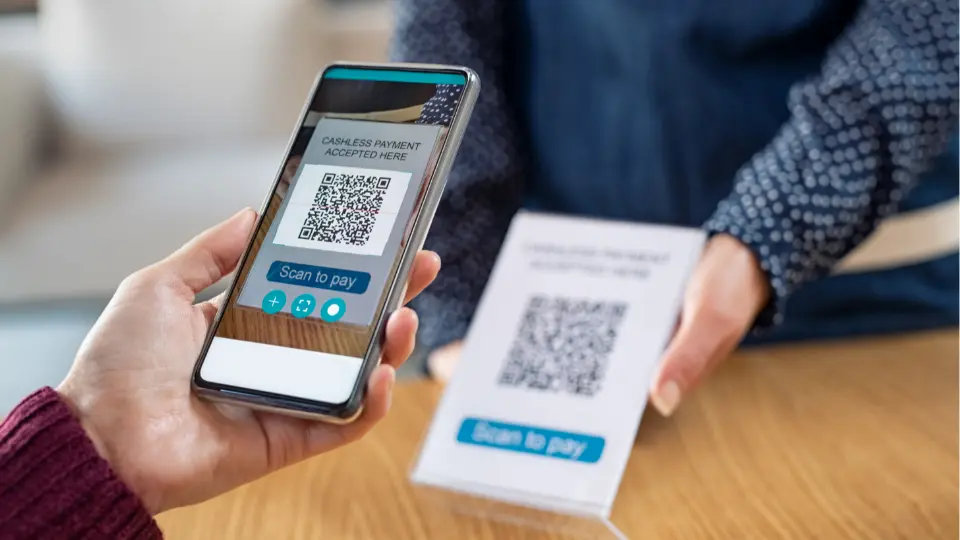

Data Cleaning 101 – The Comprehensive Beginner’s Guide
Data cleaning is a requirement before analyzing the results obtained from your survey. So that you may make more informed decisions, it aids in getting the highest quality data available.
Cleaning up survey data entails finding and eliminating responses from people who either don’t fit your target audience criteria or didn’t meaningfully respond to your questions.
If done correctly, it provides you with a superior collection of responses that help you make better choices. And if neglected or performed improperly, it might restrict your ability to gather insightful data and undermine the validity of your conclusions.
Let us dive into the guide by learning the meaning of survey data cleaning.
What is Data Cleaning?
Data cleaning involves locating and deleting erroneous, irrelevant, or corrupt information from raw data. The accuracy and worth of response data are improved for better decision-making by eliminating or correcting “dirty data.”
Two different types of data cleansing techniques are:
Manually
Data cleaning that is done manually takes a lot of time. It works best with limited data sets.
Computer-Based
Large data sets are best suited for computer-based data cleaning, which is also known as automated data cleaning. The goals of data cleansing are carried out using machine learning.
Create a free survey, collect data and see why data cleaning is needed.
Which example qualifies as cleaning data?
Here are just a few reasons why inaccurate data is frequently found in survey responses:
- Users occasionally accidentally or on purpose enter strange symbols or letters. Dodgers are those that purposefully provide irrelevant replies and include any information to sidestep the question.
- Because they want to finish the survey as quickly as possible or because they want to earn their reward as soon as feasible, respondents may choose the first response to each survey question without carefully reading them. The term “speeders” refers to these respondents.
- The effectiveness of your survey responses might be greatly impacted by survey weariness. It occurs when a survey participant becomes weary of responding to the questions, either because the survey is too long or the questions are challenging to comprehend or complete.
Whatever the cause of dirty data, you must clean your surveys before you even think about analysis to have accurate, dependable, and well-organized survey data.
If you don’t, you can get inaccurate findings that cause you to make business decisions without sufficient knowledge.
What are the benefits of data cleaning?
So now you are aware of the consequences of skipping the data cleaning stage.
But what benefits do data cleansing procedures offer?
Time and money saved
time and money saved Business plans based on erroneous assumptions are caused by inaccurate data. Data cleaning helps your business avoid adopting an inefficient strategy and potentially squandering time and money.
Enhanced productivity
Consistent and highly functional databases are produced as a result of efficient data cleansing. Error-free workflows result in quicker, more efficient processes, which directly affect productivity.
Upkeep of reputation
Negative business decisions don’t just cost money. Making a choice based on false information reflects poorly on you and is unprofessional.
However, people will take notice of your insights when they are valuable, and your reputation will advance.
Improved decision-making
Clean, high-quality data and trustworthy business insights are directly correlated; the former is cleaner, and the latter is more plentiful.
Better business outcomes
A data analytics solution’s success depends on data cleaning. When these two things happen, you can anticipate them.
Collect data with a survey clean it to reap the benefits
What are the steps for data cleaning?
It is crucial to identify suspicious data and inconsistencies during the data cleansing process. Here are some of the most typical things to watch out for while cleaning up survey data.
1. Unresolved Issues
By skewing the findings, respondents who just answer a section of your questions can introduce bias into your survey.
If they left certain questions blank, it can indicate that they weren’t eligible to participate in the poll. It can also mean that they gave up on the survey too soon since they weren’t interested in it.
It’s vital to remember that a poor survey design may have contributed to a large number of respondents not completing the survey. That could imply questions that are poorly written or irrelevant, flawed survey reasoning, etc.
2. Expeditors
These are the individuals who rush through your survey and barely read the questions if they bother at all. This occurs when consumers rush through mandatory surveys in order to receive a survey reward or when they aren’t interested in the questions.
By averaging out everyone’s response times and excluding those that responded in significantly less time, you can spot quick survey takers.
3. Target Criteria Not Met
Unqualified people are nonetheless able to enter a survey. Of course, you don’t want the opinion of a middle-aged male affecting your results if you’re polling young women, for instance!
Make sure to always include screening questions and pertinent demographic inquiries to cull out undesired respondents to address this.
4. Find the quickest respondents
Time data can be used to identify survey responses that were quickly selected by respondents without giving the questions enough thought. Setting a “speed restriction” for your answers can assist you to avoid giving careless or illogical answers.
5. Review the open-ended inquiries
You can identify problematic data by noticing where blank fields have been filled in with illogical text when your survey design calls for respondents to respond in their own words.
This can mean that a bot rather than a real person filled out the survey, or it might mean that the survey respondent didn’t pay attention to the questions.
Incomprehensible Respondents
Are there any open-ended questions in your survey? Someone is obviously not paying attention or is speeding up if they fill in the blank with gibberish, such as a random word or just a string of keystrokes.
You should not include the results in your survey analysis.
Create a free survey, and follow these steps to clean the data
Conclusion
For accurate and practical survey results, data cleaning is a requirement. Although it can take a while, there are lots of advantages.
Today’s businesses rely heavily on working with enormous data collection. Furthermore, you are not required to be Facebook or Google in order to benefit from big data technologies.
In order to create a healthy data quality culture inside your organization, good data hygiene is crucial. Because “Quality data in – quality outcome out,” you should be concerned.
FAQs
How do you test cleaned data?
- Conduct a Uniqueness Check.
- Find and handle outliers correctly.
- Determine the Time Series Variation.
- Utilize Categorical Variable Descriptive Checks.
- Test the correlation.
What aspect of the data cleaning process is the most difficult?
Data cleaning takes a lot of effort and time.
Duplicate data must be removed, missing entries must be added or corrected, values that were entered incorrectly must be fixed, formatting must be consistent, and a host of other activities that take time must be completed.







